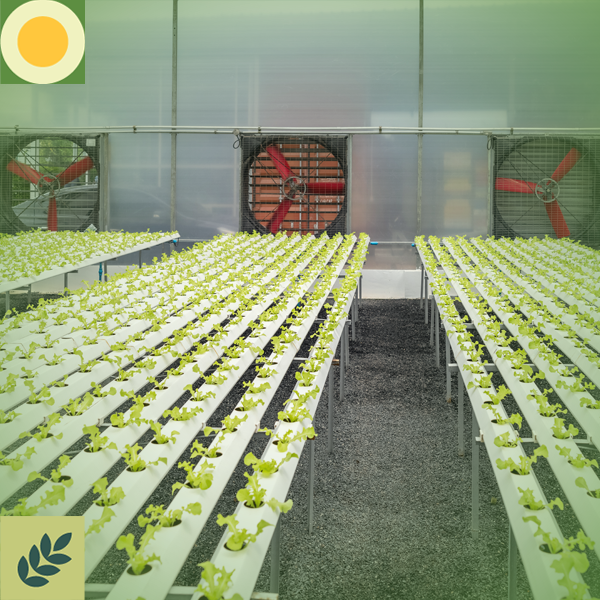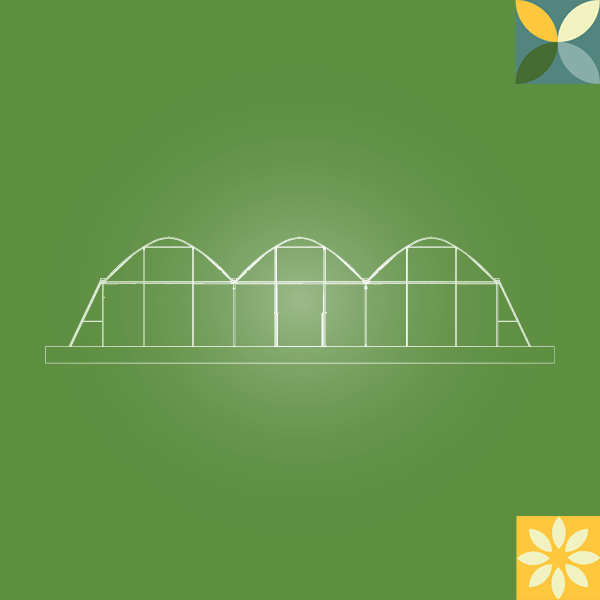



Forced ventilated polyhouses are modern agricultural structures designed to optimize crop growth by creating controlled environments that shield plants from adverse weather, pests, and diseases. Typically constructed with metal or PVC pipes covered in polyethylene or polyvinyl chloride (PVC) sheets, these structures use a forced ventilation system involving exhaust fans, intake shutters, and cooling pads. The covering material permits sunlight penetration while retaining heat, establishing a greenhouse effect.
The forced ventilation system ensures efficient air circulation, preventing heat and moisture build-up that could stress or endanger plants. Integrated automated climate control systems monitor and adjust parameters such as temperature, humidity, and CO2 levels, further enhancing growing conditions.
Forced ventilated polyhouses provide temperature regulation, crucial in regions with extreme climatic variations, safeguarding crops from frost, excessive heat, and cold snaps. The structures enable humidity control, preventing fungal diseases and promoting transpiration. Acting as physical barriers, polyhouses mitigate pest and disease risks, reducing reliance on chemical interventions.
The translucent covering material optimizes light exposure, diffusing harmful UV rays and promoting uniform photosynthesis, ensuring consistent crop growth. With the capability to extend growing seasons, forced ventilated polyhouses enable year-round cultivation, enhancing productivity and supporting diversification and crop rotation strategies. In essence, these structures offer versatile and efficient solutions for protected farming, fostering optimal conditions for sustained and high-quality crop production.